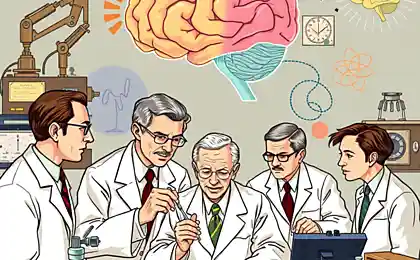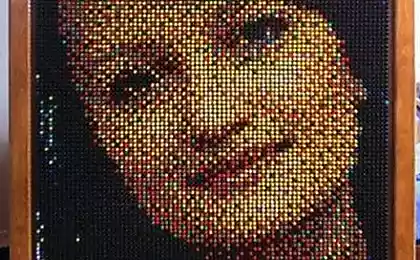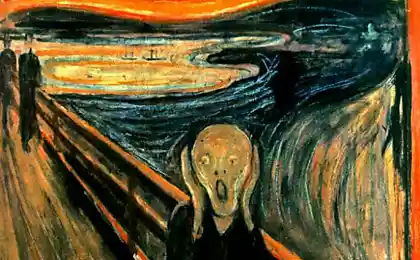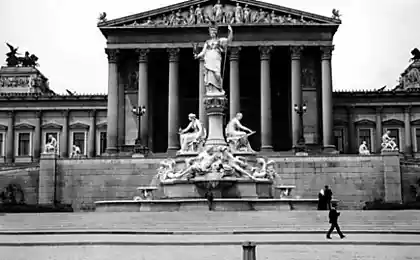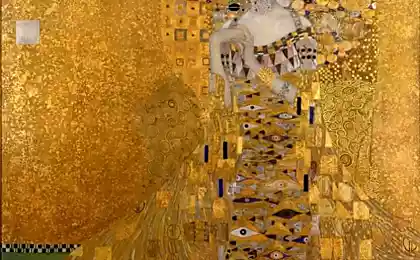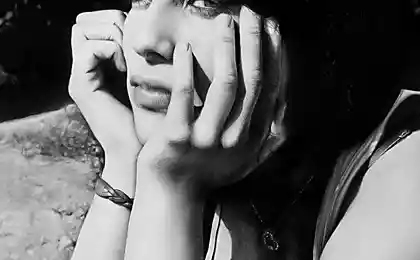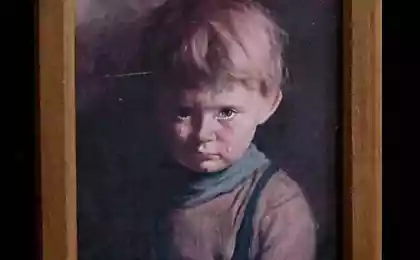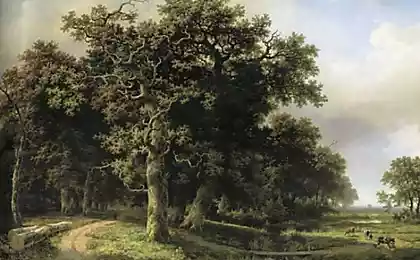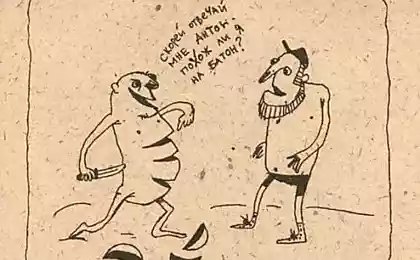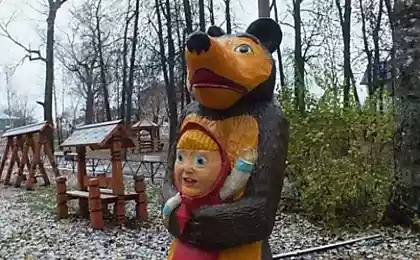833
Psychedelic paintings by science
To create such a psychedelic pattern does not need to engage in spiritual practices, mind-expanding. Simply take science seriously.
11 ph here
1. Julia set
Share what Julia set without using ingenious special mathematical terms, it is simply impossible. Without going into the mathematical jungle can only say that this is self-similar boundary of the set of complex numbers, arranged according to a certain law. To calculate this particular photograph used formula (1 - z3 / 6) / (z - z2 / 2) 2 + c.
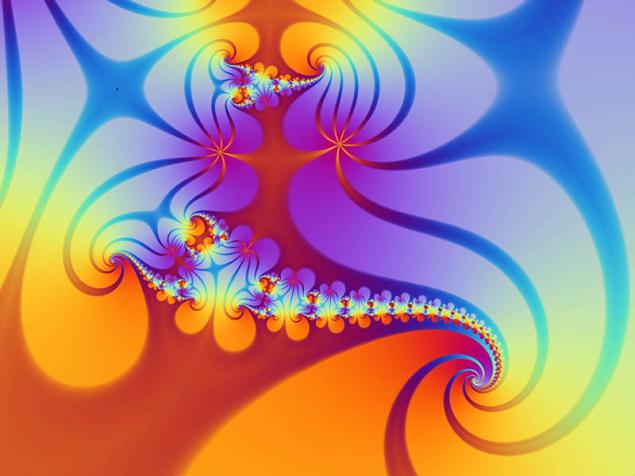
2. One of the most famous and colorful paintings of this kind is a fractal image. Fractal himself thus is a mathematical figure, with the property of self-similarity, that is, every part of this figure is similar to the figure itself. Today, there are special programs that allow you to create beautiful fractal image using a computer.
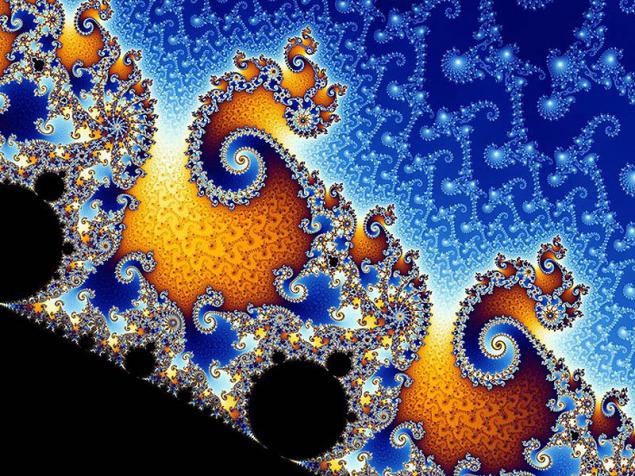
3. Amazing algae
It looks like under the microscope Volvox colony of unicellular algae. The size of the entire ball combining 200 to 50,000 cells, may be up to 3 mm. Between themselves, the algae, the members of the colony, held together by special yarns, the interior space is filled with colonies of slime and algae flagella directed outwards. The entire colony is able to move in the water by a coherent oscillations of flagella. Volvox live on Earth for 200 million years.

4. Bubble at 150 × magnification
This photo Grad Gunter taken in October 18th place in the Competition micrographs of Nikon. In a thin soap film is a constant play of light, so to make such images is very difficult.
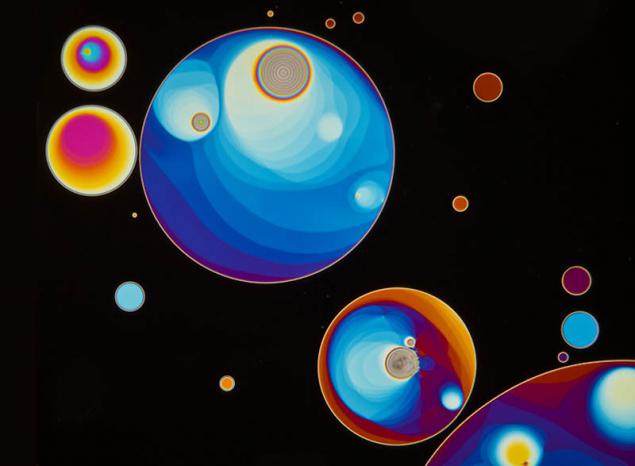
5. "Beyond our noses»
This picture taken gongkongskim radiologist Kai-fung Hung from the hospital Pamela Youde Nethersole Eastern Hospital, won the main prize at the International Competition of scientific and engineering visualization (International Science and Engineering Visualization Challenge) in 2007. This image was designed by the information in one frame 182's nose images taken using computed tomography. Bones have been removed from pictures, and get a picture showing the detailed structure of the nasal sinuses.

6. Imitation sunspot
This image was created at the National Center for Atmospheric Research. To create the most complete information about sunspots it was loaded into the supercomputer with performance of 76 teraflops (76 trillion operations per second). The picture shows simulated images of processes taking place at a depth of 6000 km from the surface of the sun.
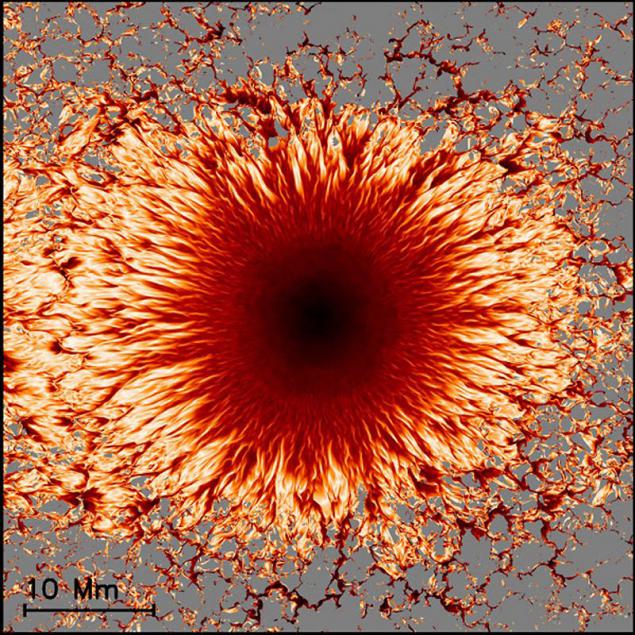
7. Colorful textbook
Illustration for the chapter on human sexuality from the textbook "Biology Today" in 1972.
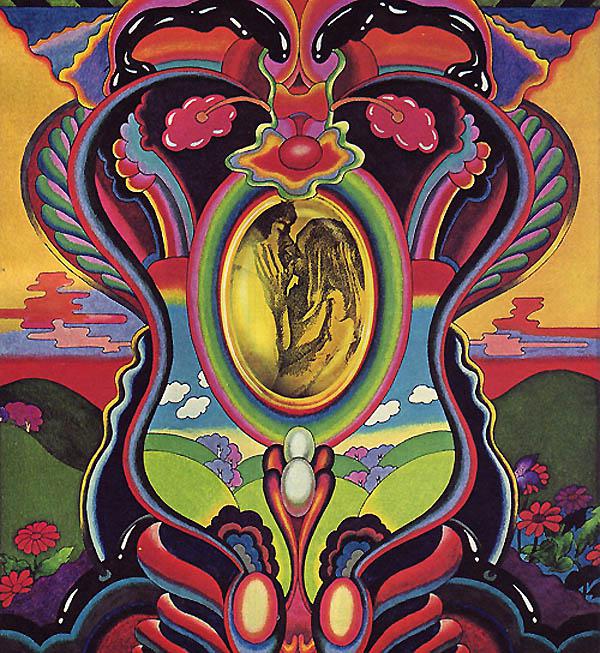
8. The birefringence in the quartz crystal
This effect was first discovered in Iceland spar crystals. Rays of light incident on the crystal surface is split into two components. In some cases, this phenomenon gives the stunning play of colors. This picture was taken by Mike Glazer at Oxford University.
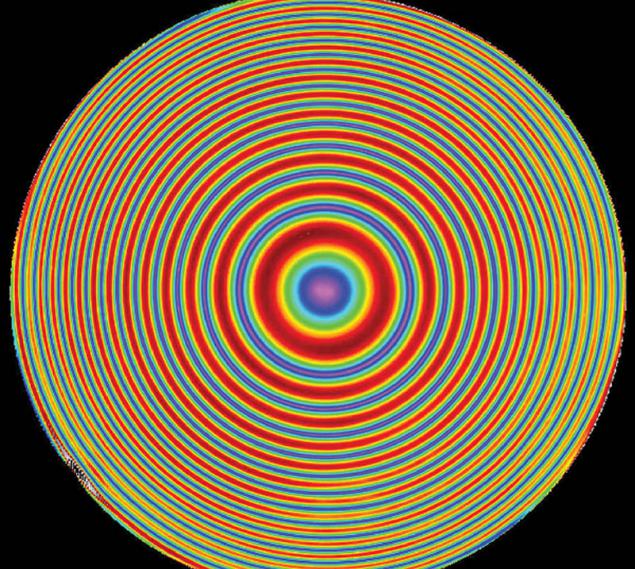
9. The collision of subatomic particles
About this picture, scientists hope to see if the Large Hadron Collider still detect the Higgs boson, whose existence was predicted in 1960 by Scottish physicist Peter Higgs. Join this boson can lead to the creation of a new theory of the world.
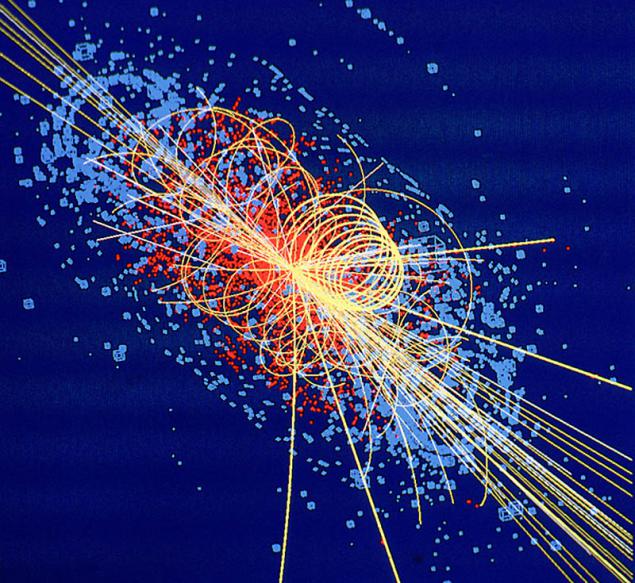
10. Purple Himalayas
This picture was taken using a radiometer ASTER, instrument on board the satellite. With this device images can be taken with a resolution of 15 to 90 m in 14 spectral bands ranging from visible light, infrared finishing. Shooting in the near infrared range allows you to create highly accurate digital models of the earth's surface, as well as maps of the surface temperature, its reflectivity, etc.
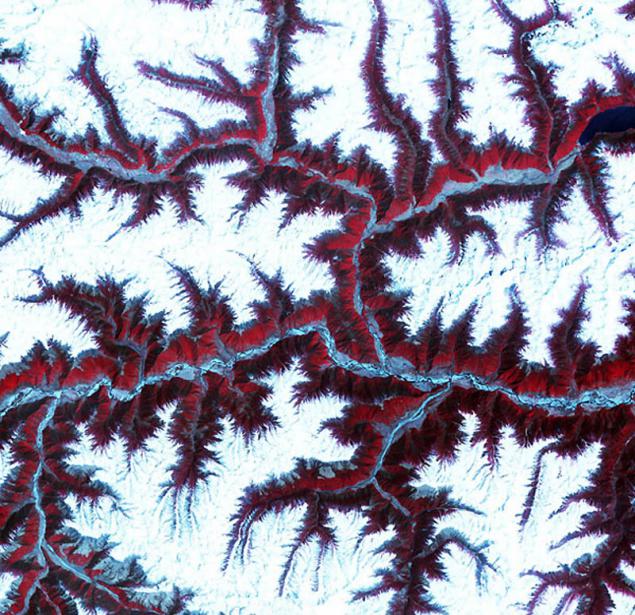
11. Model "fiery heat»
This computer model of the flame was created at the Center for Computational Research, University of Buffalo Dezharenom Paul and his colleagues during a series of experiments with fire.
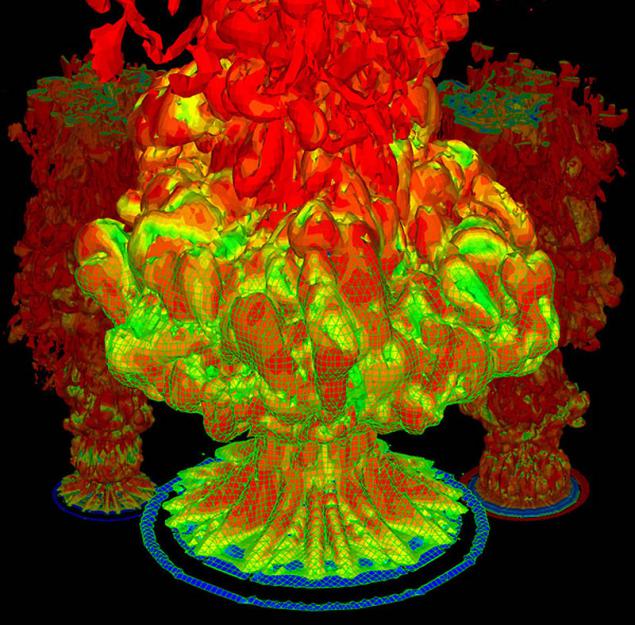
Source:
11 ph here
1. Julia set
Share what Julia set without using ingenious special mathematical terms, it is simply impossible. Without going into the mathematical jungle can only say that this is self-similar boundary of the set of complex numbers, arranged according to a certain law. To calculate this particular photograph used formula (1 - z3 / 6) / (z - z2 / 2) 2 + c.

2. One of the most famous and colorful paintings of this kind is a fractal image. Fractal himself thus is a mathematical figure, with the property of self-similarity, that is, every part of this figure is similar to the figure itself. Today, there are special programs that allow you to create beautiful fractal image using a computer.

3. Amazing algae
It looks like under the microscope Volvox colony of unicellular algae. The size of the entire ball combining 200 to 50,000 cells, may be up to 3 mm. Between themselves, the algae, the members of the colony, held together by special yarns, the interior space is filled with colonies of slime and algae flagella directed outwards. The entire colony is able to move in the water by a coherent oscillations of flagella. Volvox live on Earth for 200 million years.

4. Bubble at 150 × magnification
This photo Grad Gunter taken in October 18th place in the Competition micrographs of Nikon. In a thin soap film is a constant play of light, so to make such images is very difficult.

5. "Beyond our noses»
This picture taken gongkongskim radiologist Kai-fung Hung from the hospital Pamela Youde Nethersole Eastern Hospital, won the main prize at the International Competition of scientific and engineering visualization (International Science and Engineering Visualization Challenge) in 2007. This image was designed by the information in one frame 182's nose images taken using computed tomography. Bones have been removed from pictures, and get a picture showing the detailed structure of the nasal sinuses.

6. Imitation sunspot
This image was created at the National Center for Atmospheric Research. To create the most complete information about sunspots it was loaded into the supercomputer with performance of 76 teraflops (76 trillion operations per second). The picture shows simulated images of processes taking place at a depth of 6000 km from the surface of the sun.

7. Colorful textbook
Illustration for the chapter on human sexuality from the textbook "Biology Today" in 1972.

8. The birefringence in the quartz crystal
This effect was first discovered in Iceland spar crystals. Rays of light incident on the crystal surface is split into two components. In some cases, this phenomenon gives the stunning play of colors. This picture was taken by Mike Glazer at Oxford University.

9. The collision of subatomic particles
About this picture, scientists hope to see if the Large Hadron Collider still detect the Higgs boson, whose existence was predicted in 1960 by Scottish physicist Peter Higgs. Join this boson can lead to the creation of a new theory of the world.

10. Purple Himalayas
This picture was taken using a radiometer ASTER, instrument on board the satellite. With this device images can be taken with a resolution of 15 to 90 m in 14 spectral bands ranging from visible light, infrared finishing. Shooting in the near infrared range allows you to create highly accurate digital models of the earth's surface, as well as maps of the surface temperature, its reflectivity, etc.

11. Model "fiery heat»
This computer model of the flame was created at the Center for Computational Research, University of Buffalo Dezharenom Paul and his colleagues during a series of experiments with fire.

Source:
